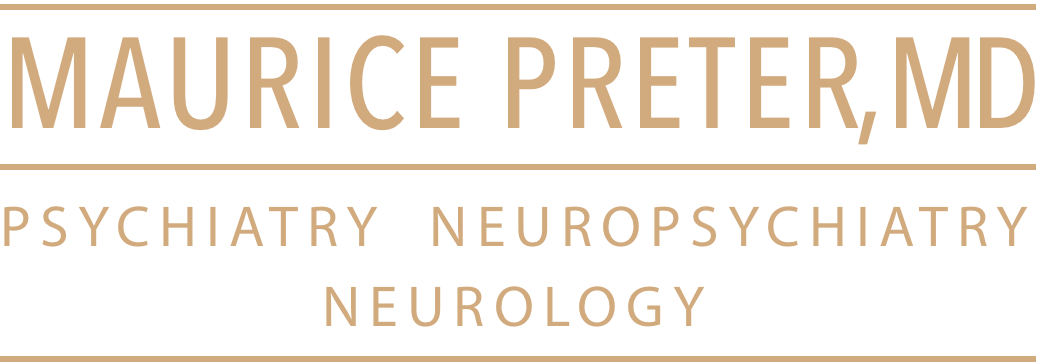Emotional reactivity is a common psychological phenomenon that affects many individuals, often leading to impulsive and disproportionate reactions in stressful or challenging situations. As a psychotherapist in Manhattan, I frequently encounter clients struggling with this issue, which can significantly impact their relationships, work, and overall well-being. Understanding emotional reactivity and learning effective management strategies are crucial steps toward achieving emotional balance and improving mental health.
The Nature of Emotional Reactivity
Emotional reactivity refers to the tendency to respond quickly and intensely to emotional stimuli, often in ways that seem out of proportion to the actual circumstances. This heightened state of emotional arousal is typically triggered by our fight-or-flight response, a biological mechanism designed to protect us from perceived threats. However, in our modern world, this response can often be more harmful than helpful, leading to unnecessary conflicts and misunderstandings.
As a psychotherapist in Manhattan, I’ve observed that emotional reactivity can manifest in various ways, including:
- Sudden outbursts of anger or frustration
- Uncontrollable crying or sadness
- Intense anxiety or panic in response to minor stressors
- Rapid mood swings
- Difficulty regulating emotions in social situations
These reactions can be particularly challenging in a fast-paced, high-stress environment like Manhattan, where daily pressures can exacerbate emotional sensitivity.
Causes of Emotional Reactivity
Understanding the root causes of emotional reactivity is essential for developing effective treatment strategies. As a psychotherapist in Manhattan, I’ve identified several common factors that contribute to heightened emotional responses:
- Past Trauma: Unresolved traumatic experiences can lead to increased emotional sensitivity and reactivity.
- Learned Behaviors: Growing up in an environment with poor emotional regulation models can shape one’s own emotional responses.
- Mental Health Conditions: Disorders such as anxiety, depression, and borderline personality disorder can increase emotional reactivity.
- Stress and Overwhelm: The cumulative effect of daily stressors, particularly in a demanding urban environment like Manhattan, can lower our threshold for emotional reactions.
- Neurobiological Factors: Differences in brain structure and function can influence how individuals process and respond to emotional stimuli.
Treatment Approaches for Emotional Reactivity
As a psychotherapist in Manhattan, I employ various evidence-based approaches to help clients manage their emotional reactivity. These strategies often involve a combination of psychotherapy techniques and, in some cases, medication.
Psychodynamic Therapy
Psychodynamic therapy is a powerful tool for addressing emotional reactivity. This approach focuses on exploring unconscious thoughts and feelings that may be driving reactive behaviors. By delving into past experiences and relationships, clients can gain insight into the root causes of their emotional patterns and develop more adaptive responses.
Key techniques in psychodynamic therapy include:
- Free association to uncover unconscious thoughts and feelings
- Dream analysis to explore symbolic representations of emotional conflicts
- Exploration of transference and countertransference in the therapeutic relationship
Through psychodynamic therapy, clients can develop a deeper understanding of their emotional triggers and learn to respond more thoughtfully rather than reactively.
Cognitive-Behavioral Therapy (CBT)
CBT is another effective approach for managing emotional reactivity. This therapy focuses on identifying and changing negative thought patterns and behaviors that contribute to emotional dysregulation. As a psychotherapist in Manhattan, I often use CBT techniques to help clients:
- Recognize triggers for emotional reactivity
- Challenge and reframe negative thought patterns
- Develop coping strategies for managing intense emotions
- Practice mindfulness and relaxation techniques
Medication
In some cases, medication may be recommended as part of a comprehensive treatment plan for emotional reactivity. Selective Serotonin Reuptake Inhibitors (SSRIs) have shown promise in improving emotional regulation and reducing anxiety symptoms9. However, the decision to use medication should always be made in consultation with a qualified psychiatrist or healthcare provider.
Strategies for Managing Emotional Reactivity
In addition to professional treatment, there are several strategies individuals can employ to manage their emotional reactivity:
- Mindfulness Practice: Regular mindfulness meditation can help increase awareness of emotional states and reduce reactivity.
- Emotion Regulation Techniques: Learning and practicing specific techniques like deep breathing, progressive muscle relaxation, and grounding exercises can help manage intense emotions.
- Improving Sleep and Exercise: Adequate sleep and regular physical activity can significantly impact emotional stability.
- Journaling: Keeping an emotion journal can help identify patterns and triggers for reactivity.
- Building a Support Network: Surrounding oneself with understanding and supportive individuals can provide a buffer against emotional stressors.
The Role of Technology in Managing Emotional Reactivity
As a psychotherapist in Manhattan, I’ve observed an increasing interest in technology-assisted approaches to managing emotional reactivity. Mobile apps for mindfulness, mood tracking, and cognitive-behavioral exercises can provide valuable support between therapy sessions. However, it’s important to remember that these tools should complement, not replace, professional treatment.
Conclusion
Emotional reactivity is a complex issue that can significantly impact an individual’s quality of life. However, with the right combination of professional help, self-awareness, and coping strategies, it is possible to develop healthier emotional responses. As a psychotherapist in Manhattan, I am committed to helping clients navigate their emotional challenges and achieve greater emotional balance and well-being.
If you’re struggling with emotional reactivity, remember that seeking help is a sign of strength, not weakness. With the support of a qualified psychotherapist and a commitment to personal growth, you can learn to manage your emotions more effectively and lead a more fulfilling life.

